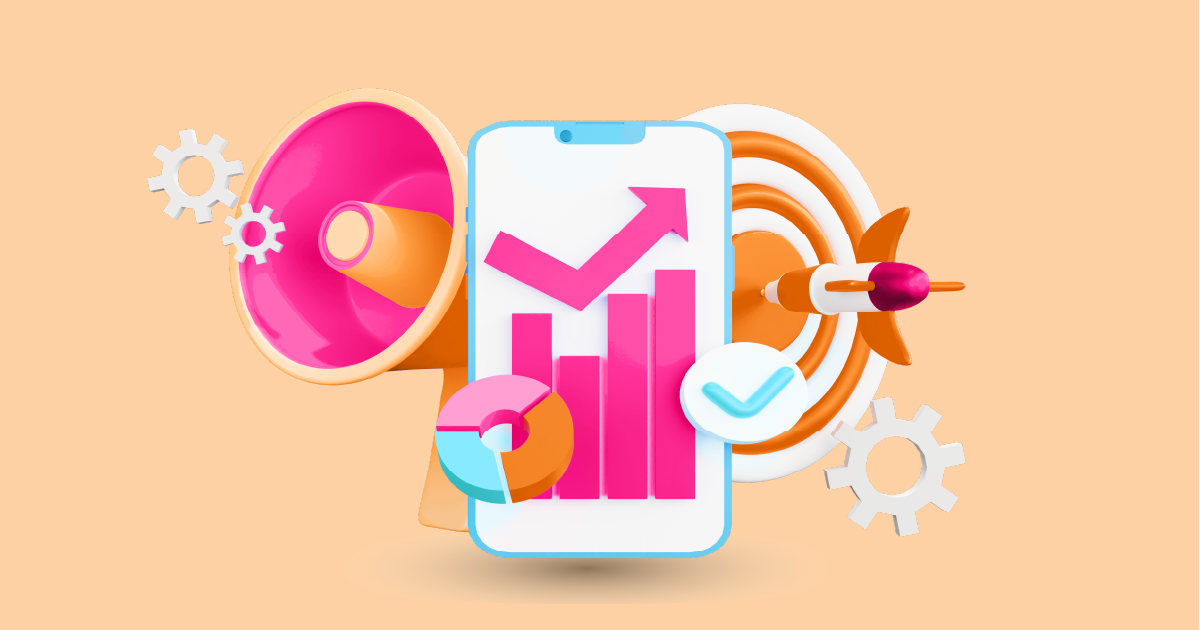In today’s digital age, having a robust social media presence isn’t just a luxury—it’s a necessity. But how do you know if your efforts are paying off? Enter social media presence analysis. This deep dive into your social media activities helps you understand what’s working, what’s not, and how you can optimize your strategies to make a real impact.
Understanding Social Media Presence

1. Definition and Key Components
Social media presence refers to how a business or individual appears on social media platforms. It encompasses the content shared, interactions with followers, and overall engagement. Key components include profile completeness, regular posting, follower engagement, and the reach of your content.
2. Why It Matters
Why does social media presence matter? Simple: it’s where your audience is. With billions of active users on platforms like Facebook, Instagram, and Twitter, your potential for visibility and engagement is enormous. A strong presence can lead to increased brand awareness, customer loyalty, and ultimately, higher sales.
Setting Goals for Social Media Presence
1. Identifying Objectives
Before you dive into analyzing your social media presence, it’s crucial to set clear, measurable goals. Are you looking to increase brand awareness, drive more traffic to your website, or boost sales? Identifying your objectives will guide your analysis and help you measure success.
2. Aligning with Business Goals
Your social media goals should align with your overall business objectives. For example, if your business goal is to increase sales, your social media strategy might focus on promotional posts and customer engagement to drive conversions.
Choosing the Right Platforms
1. Popular Social Media Platforms
There’s no one-size-fits-all when it comes to social media platforms. Facebook, Instagram, Twitter, LinkedIn, and TikTok each offer unique advantages. Understanding the strengths and user demographics of each platform will help you choose the best ones for your business.
2. Selecting the Best Platforms for Your Business
Not every platform will suit your business. For instance, a B2B company might find LinkedIn more effective than Instagram, while a fashion brand could thrive on Instagram and TikTok. Choose platforms that align with your target audience and business goals.
Creating a Social Media Audit
1. Steps to Conduct a Social Media Audit
Conducting a social media audit involves assessing your current social media efforts. Start by listing all your social media accounts, then evaluate your performance on each platform. Look at metrics like follower count, engagement rates, and content performance.
2. Tools for Social Media Audit
Several tools can streamline your audit process. Tools like Hootsuite, Sprout Social, and Buffer provide comprehensive insights into your social media performance, making it easier to identify areas for improvement.
Analyzing Audience Engagement
1. Metrics to Measure Engagement
Engagement metrics are crucial indicators of how well your content resonates with your audience. Key metrics include likes, comments, shares, and direct messages. High engagement rates typically signal strong audience interest and satisfaction.
2. Understanding Audience Behavior
Beyond metrics, understanding your audience’s behavior is vital. Analyze when your audience is most active, what types of content they prefer, and how they interact with your posts. This insight will help you tailor your content strategy to better meet their needs.
Content Performance Analysis
1. Identifying High-Performing Content
Not all content is created equal. Identify which posts generate the most engagement, and analyze what makes them successful. Is it the topic, the format, or the time of posting? Use these insights to guide your future content creation.
2. Analyzing Content Types
Different types of content perform differently. Videos, infographics, and blog posts each have their own strengths. Analyzing how each type performs can help you diversify your content strategy and cater to various audience preferences.
Competitive Analysis
1. Why Competitive Analysis is Crucial
Understanding what your competitors are doing can provide valuable insights. Competitive analysis involves examining your competitors’ social media strategies to identify strengths, weaknesses, and opportunities for your own strategy.
2. Tools for Competitive Analysis
Tools like SEMrush, BuzzSumo, and Rival IQ can help you conduct a thorough competitive analysis. These tools provide data on your competitors’ content performance, audience engagement, and more.
Using Analytics Tools
1. Overview of Popular Analytics Tools
Analytics tools are essential for monitoring your social media performance. Google Analytics, Facebook Insights, and Twitter Analytics are popular options that provide detailed data on your audience, engagement, and content performance.
2. How to Use These Tools Effectively
To get the most out of analytics tools, set up regular reports, track key metrics, and adjust your strategy based on the data. Regular analysis will help you stay on top of trends and continuously improve your social media presence.
Sentiment Analysis
1. What is Sentiment Analysis?
Sentiment analysis involves analyzing the emotions and opinions expressed in social media posts. This can help you understand how your audience feels about your brand and identify areas for improvement.
2. Tools for Sentiment Analysis
Tools like AIM Insights, Talkwalker, and Social Mention can help you conduct sentiment analysis. These tools analyze social media mentions and categorize them as positive, negative, or neutral.
Influencer Impact Analysis
1. Identifying Key Influencers
Influencers can significantly impact your social media presence. Identifying key influencers in your industry and collaborating with them can help you reach a broader audience and enhance your credibility.
2. Measuring Influencer Impact
Measure the impact of influencer collaborations by tracking metrics like engagement rates, follower growth, and conversions. This will help you assess the ROI of your influencer partnerships.
Visual Content Analysis
1. Importance of Visual Content
Visual content is more engaging and memorable than text alone. High-quality images, videos, and infographics can boost your engagement rates and make your brand more appealing.
2. Tools for Visual Content Analysis
Tools like Canva, Adobe Spark, and Piktochart can help you create and analyze visual content. These tools offer templates and analytics features to enhance your visual content strategy.
Social Media Trends Analysis
1. Keeping Up with Trends
Social media is constantly evolving, and staying up-to-date with trends is crucial. Regularly analyze trends to ensure your content remains relevant and engaging.
2. Predicting Future Trends
Predicting future trends involves analyzing current data and industry insights. This can help you stay ahead of the curve and adapt your strategy to changing audience preferences.
Creating a Social Media Report
1. Components of a Comprehensive Report
A comprehensive social media report should include an overview of your performance, key metrics, audience insights, and recommendations for improvement. This report will help you track progress and make informed decisions.
2. Presenting Your Findings
Present your findings in a clear, concise manner. Use visuals like charts and graphs to illustrate key points and make the data more accessible to your audience.
Conclusion
Analyzing your social media presence is a continuous process that helps you understand your strengths and weaknesses. By regularly evaluating your performance, setting clear goals, and staying up-to-date with trends, you can optimize your social media strategy and achieve greater success.
Ready to take your social media analysis to the next level? Request a demo from AIM Technologies today to see how our tools can help you achieve your social media goals and drive your business forward.
FAQs
What is social media presence analysis?
- Social media presence analysis involves evaluating your social media activities to understand your performance, audience engagement, and areas for improvement.
How often should I conduct a social media presence analysis?
- It’s recommended to conduct a social media presence analysis at least quarterly to stay on top of trends and make necessary adjustments to your strategy.
What tools are best for social media presence analysis?
- Tools like AIM Insights, Sprout Social, Google Analytics, and Brandwatch are excellent for social media presence analysis, offering comprehensive insights and data.
How can I improve my social media presence?
- Improving your social media presence involves regularly posting engaging content, interacting with your audience, analyzing your performance, and adapting your strategy based on insights.
Why is social media presence important for businesses?
- A strong social media presence enhances brand visibility, builds customer relationships, drives traffic to your website, and ultimately boosts sales and business growth.




